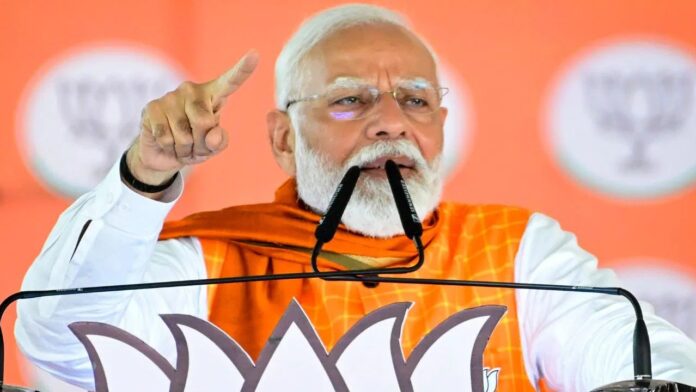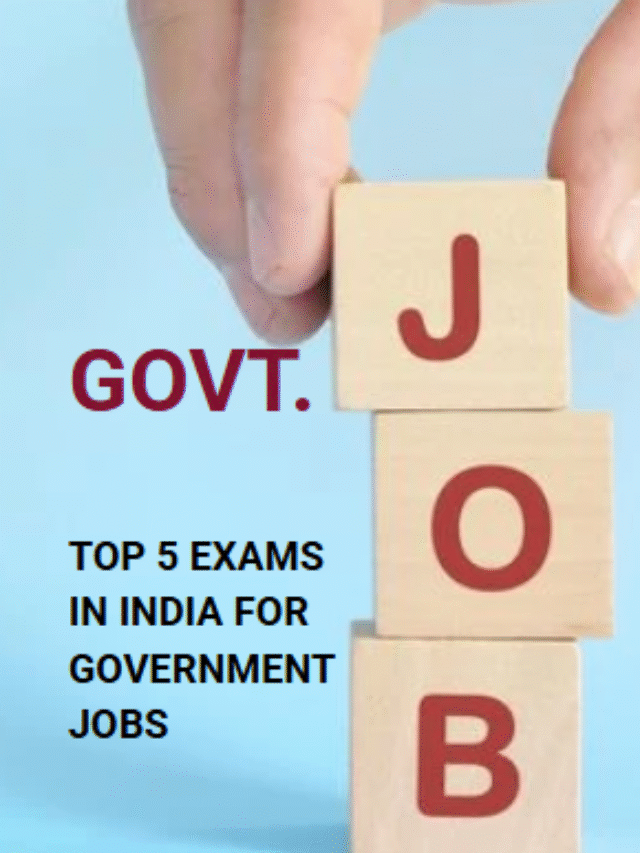In the ongoing Lok Sabha elections in India, Phase 3 saw a notable turnout of 64.4 percent across 11 states and union territories. The northeastern state of Assam emerged as a leader in voter participation during this phase. A total of 93 constituencies went to the polls on Tuesday, with over 1300 candidates vying for victory. Remarkably, there were minimal reports of violence, indicating a largely peaceful voting process.
Assam witnessed the highest voter turnout at 81.61 percent, with four constituencies participating in this phase. Conversely, Uttar Pradesh recorded the lowest turnout at 57.34 percent across 10 constituencies. Despite a slight dip of 2.9 percent in voter turnout compared to the 2019 general elections, the overall participation remained significant.
Prime Minister Narendra Modi and Union Home Minister Amit Shah set the tone for the day as they exercised their franchise in Ahmedabad. Following his vote, PM Modi urged voters to actively participate in the electoral process, emphasizing the importance of making these polls vibrant.
With the conclusion of Phase 3, the fate of 283 out of the total 543 seats in the lower house of Parliament has been decided. As the country progresses towards the next phase, scheduled for May 13, anticipation builds for the results that will shape the nation’s political landscape.
Also Read: Stay Refreshed and Healthy: Top Fruits to Enjoy During the Summer Season
As the world’s largest democracy, India’s electoral process garners attention both domestically and internationally. Each phase of the Lok Sabha elections brings forth new insights and developments, reflecting the diverse voices and aspirations of the Indian populace.
The significance of voter turnout cannot be overstated, as it is a cornerstone of democracy. High participation rates demonstrate the electorate’s engagement with the democratic process and their determination to have their voices heard.
While Phase 3 may have concluded, the journey towards the formation of the next government continues. Political parties intensify their campaigns, reaching out to voters with promises and agendas aimed at addressing the nation’s pressing issues.
As the country eagerly awaits the results of Phase 3, the stage is set for further electoral dynamics to unfold in the subsequent phases. With each voter casting their ballot, they play a pivotal role in shaping the future of India and determining the course of governance for years to come.
In the coming days, all eyes will remain on the electoral process as the nation moves closer to electing its representatives and charting its path forward. The Lok Sabha elections of 2024 stand as a testament to the enduring spirit of democracy and the collective will of the Indian people to shape their destiny through the ballot box.







